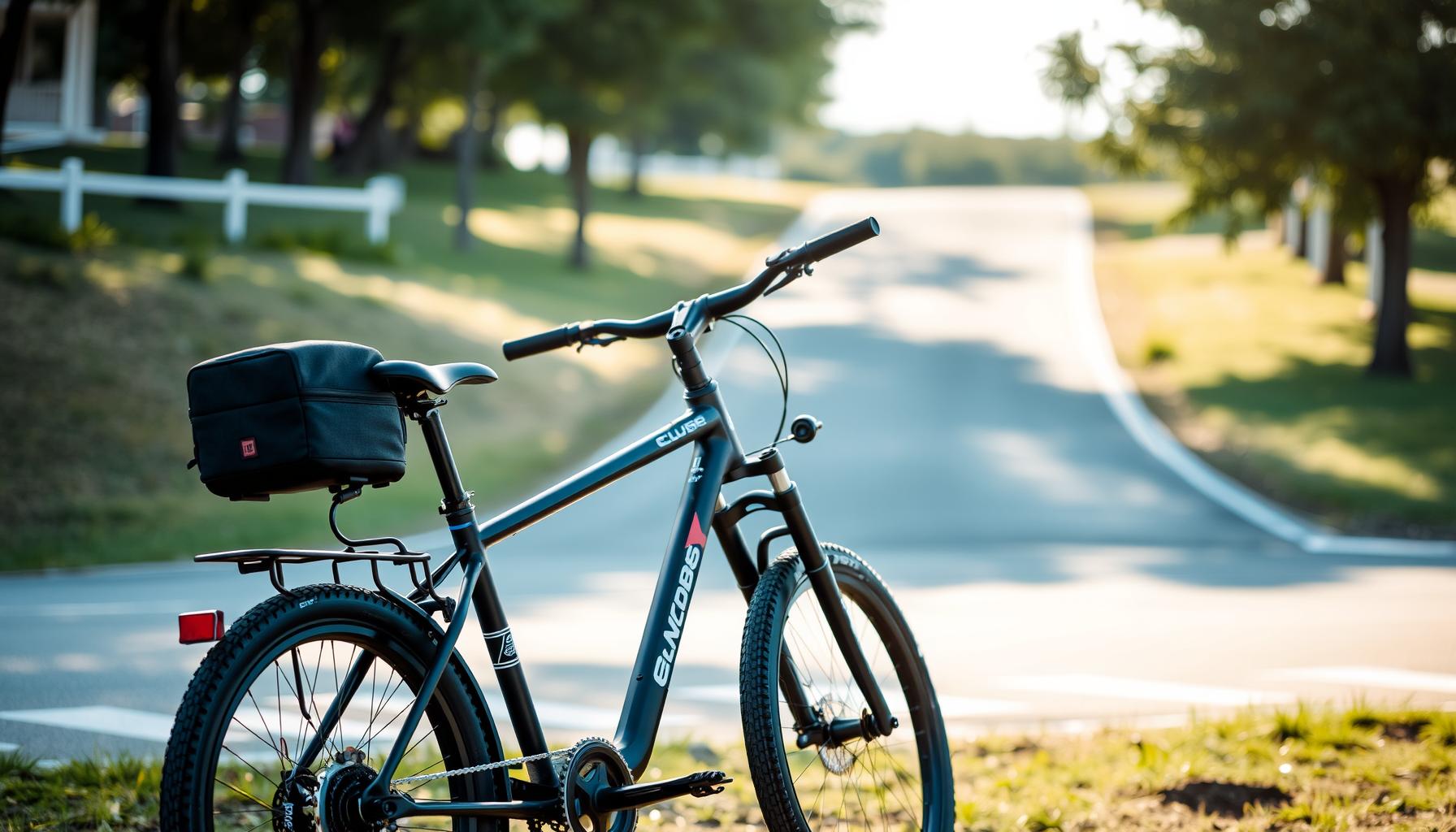Now Reading: Mountain Biking Guide: Gear, Techniques & Trail Tips
-
01
Mountain Biking Guide: Gear, Techniques & Trail Tips
Mountain Biking Guide: Gear, Techniques & Trail Tips

The Thrilling World of Mountain Biking: Adventure, Gear, and Technique

Mountain biking is more than just a sport; it’s a thrilling adventure that combines physical endurance, technical skill, and a deep connection with nature. Whether you’re navigating rocky trails, speeding through forests, or tackling steep descents, riding a mountain bike offers an adrenaline rush unlike any other. Over the years, mountain biking has evolved from a niche hobby to a mainstream activity, attracting enthusiasts of all ages. In this article, we’ll explore the essentials of mountain biking, including the different types of bikes, must-have gear, trail etiquette, and tips to improve your riding technique. Whether you’re a beginner or a seasoned rider, understanding these elements will enhance your experience and keep you safe on the trails.
Choosing the Right Mountain Bike for Your Needs
Not all mountain bikes are created equal, and selecting the right one depends on the terrain you’ll be riding. Cross-country bikes are lightweight and designed for speed on less technical trails. Trail bikes offer a balanced mix of climbing efficiency and downhill control, making them versatile for most conditions. For those who love aggressive downhill riding, enduro or downhill bikes provide extra suspension and durability to handle rough terrain. Additionally, fat bikes with wide tires are ideal for winter riding or sandy conditions. Beyond the bike type, factors like frame material, wheel size, and suspension setup should align with your riding style and skill level. Investing time in research before purchasing will ensure your bike matches your adventures.
Essential Gear for Safety and Performance
Riding safely requires more than just a sturdy bike. A high-quality helmet is non-negotiable, as it protects against head injuries in case of a fall. Padded gloves improve grip and reduce hand fatigue, while knee and elbow pads offer extra protection during technical rides. Appropriate footwear either flat or clipless shoes ensures stability on the pedals. Additionally, carrying a hydration pack and basic repair tools (like a multi-tool, spare tube, and mini pump) prepares you for unexpected breakdowns. For those venturing into remote areas, a GPS device or smartphone with trail maps is invaluable. Balancing comfort, safety, and practicality in your gear choices will enhance both performance and enjoyment on the trails.
Mastering Mountain Biking Techniques
Technical skill separates casual riders from true mountain bikers. Body positioning is crucial: leaning back during descents and shifting forward while climbing helps maintain balance. Braking wisely using both front and rear brakes without locking wheels prevents skidding and loss of control. Practicing cornering techniques, such as leaning the bike while keeping your body upright, improves speed and stability on tight turns. For jumps and drops, learning to absorb shocks with your legs and keeping your weight centered prevents crashes. Beginners should start slow, gradually progressing to more complex skills. Many local bike parks offer clinics to help riders refine their technique safely.
Trail Etiquette and Environmental Responsibility
Respecting trails and fellow riders ensures a positive experience for everyone. Always yield to uphill riders, as climbing requires more effort. Keep speeds in check around hikers and equestrians, announcing your approach with a friendly call or bell. Stick to designated trails to prevent erosion and habitat destruction never cut switchbacks. Packing out trash and avoiding muddy trails (to prevent damage) are simple ways to minimize your environmental impact. Many trail networks rely on volunteer efforts, so consider joining a maintenance day to give back. By practicing good etiquette, you help preserve trails for future riders and maintain harmony among outdoor enthusiasts.
Conclusion: Embracing the Mountain Biking Lifestyle
Mountain biking is a dynamic sport that challenges both body and mind while fostering a deep appreciation for the outdoors. From selecting the right bike and gear to honing technical skills and respecting trail ethics, every aspect contributes to a fulfilling riding experience. Whether you’re drawn to the speed of cross-country or the thrill of downhill descents, there’s a mountain biking discipline for everyone. The key to long-term enjoyment lies in continuous learning, proper preparation, and environmental stewardship. By applying the insights shared in this article, you can elevate your rides, stay safe, and contribute to the mountain biking community. Now, gear up, hit the trails, and embrace the adventure that awaits!


















